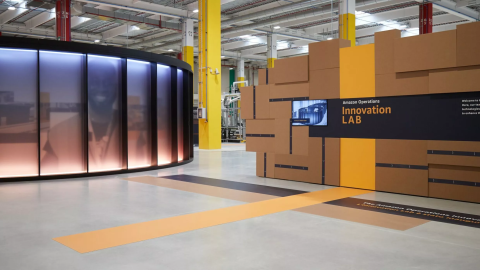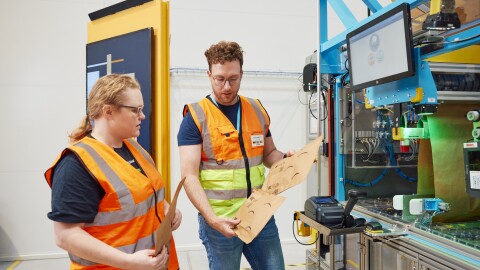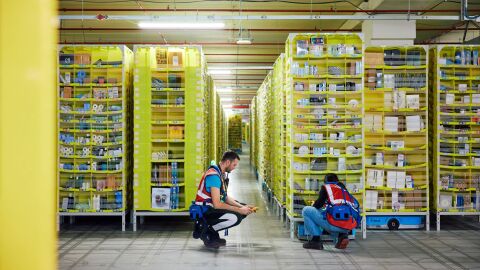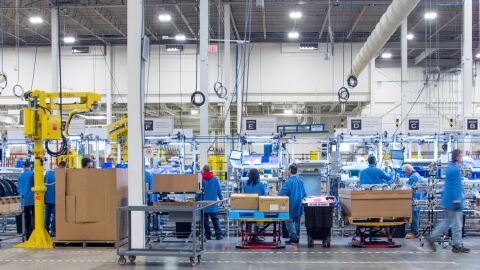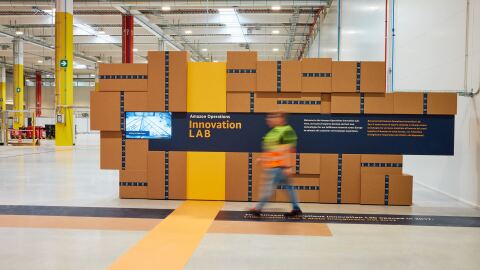Connectivity is essential to daily life, but despite significant progress on broadband infrastructure across the EU, millions of people - particularly in rural areas - still lack access to fast, reliable, and secure internet. This digital divide hinders their ability to work, learn, and connect with others.
New research commissioned by Amazon has shown that low Earth orbit (LEO) satellite technology could help bridge this digital divide, whilst saving EU countries billions of euros in fibre subsidies. The report, from Analysys Mason, looked at seven countries across the EU and found up to 4.2 million people could be served by LEO satellite constellations by 2030, saving up to €26 billion in subsidies when compared to the expected cost of installing fibre to the home (FTTH) broadband in these harder to reach areas. Whilst traditional solutions like FTTH have made strides in urban areas, the costs increase exponentially in less densely populated regions, often requiring substantial government subsidies.
Key findings:
The Analysys Mason study looked at the potential impact of LEO satellite broadband across seven diverse EU member states: Czechia, France, Germany, Greece, Hungary, Italy, and Poland. These countries were selected to represent a diverse range of countries across the EU, they include larger and smaller countries from both Western and Central/Eastern Europe, providing a comprehensive view of the EU landscape. The study found:
- Cost-effectiveness: LEO satellite is estimated to be more cost-effective than fibre to the home (FTTH) for up to 42% of the most rural households, depending on the country and bandwidth scenario.
- Significant capacity: By 2030, LEO satellite constellations could serve between 2.6 million and 4.2 million customers across the seven studied countries.
- Potential savings: Incorporating LEO satellite into digital strategies could save European governments up 26 billion euros in subsidies across these countries.
- Rapid deployment: Millions of rural customers could gain access to reliable, low-latency and affordable high-speed broadband services more rapidly.
- Consistent performance: LEO network deployment costs remain flat across all geotypes, ideal for remote regions.
LEO Satellite Broadband: A complementary solution
LEO constellations are not a replacement for fibre networks. Instead, the study found LEO satellite broadband can be a complementary solution that could help close the digital divide more quickly and cost-effectively than traditional networks, especially in less populated regions. Unlike fibre broadband, the cost of deploying LEO satellite broadband remains constant across urban and rural areas, making it an attractive option for connecting remote households.
Project Kuiper
Amazon is at the forefront of LEO satellite technology with Project Kuiper, a low Earth orbit satellite broadband network aiming to bring high-speed, low-latency internet to customers worldwide.
"This research reinforces how LEO satellite networks can provide a more efficient and cost-effective path to bridging the digital divide across Europe," said Lucy C. Cronin, Vice President for EU Public Policy at Amazon. "We're excited about Project Kuiper's potential in this space, and look forward to doing our part to bring fast, reliable, and affordable internet to more people, businesses and governments across Europe."
Amazon is preparing for a full-scale deployment of its satellite constellation, and plans to begin offering service to customers later this year.
To learn more about Project Kuiper, click here.




